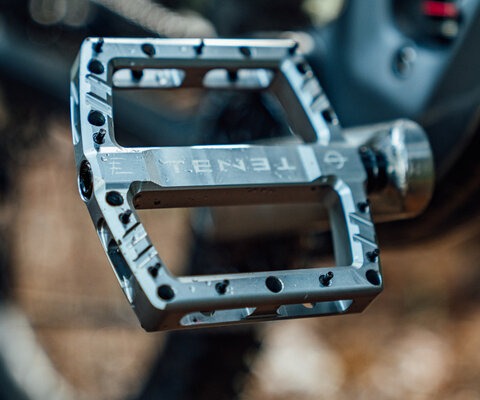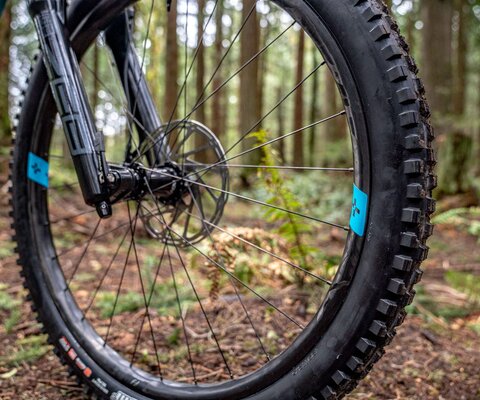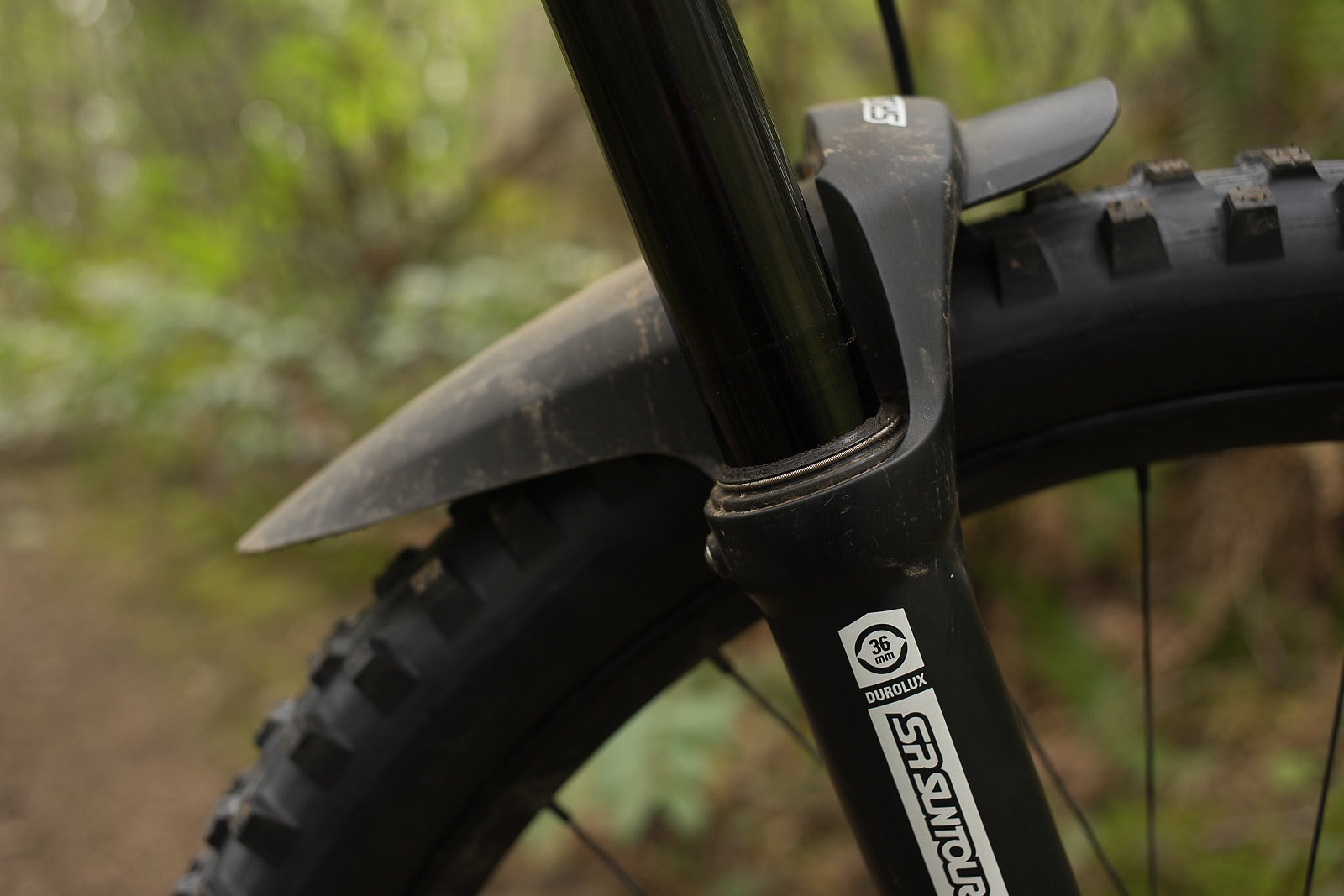
SR Suntour Durolux Fork Review
Words by JC Canfield | Photos by Jann Eberharter
I do not envy the work of a suspension engineer in the mountain bike industry these days.
Suspension products are getting so damn good that they can leave little to be desired. They are lightweight, reliable and built for abuse. Overall, the performance is stunning—offering fantastic damping characteristics while taking advantage of the weight saving and bottom out resistant benefits of air springs. When a new product (or in this case a redesigned one) is let into the wild, it is compared to products in the market obsessed over and refined for years. “One does not simply walk into Mordor,” as Boromir said in Lord of the Rings.
SR Suntour revamped their heavy-hitting Durolux fork to go head to head with the likes of the fantastic and proven Rock Shox Lyrik and Fox’s 36 without the heavyweight price tag. At $800, this guy sits somewhere between a little and a lot cheaper than its competitors, while offering many of the bells and whistles the most devout of suspension nerds desire and a few folks might not even know they wanted.
The Durolux isn’t exactly lightweight, but is designed to be rallied hard. The 2100+ gram weight puts it up to 200g over some of the competition. The robust crown is connected to stout 36mm stanchions and magnesium lowers. The damper is a simple affair, while the air spring has a large negative, which could be one factor in those extra grams. Shipping with the fork is a bolt-on mud guard which is fantastic. Lightweight, stiff and handsome, it fares well in its mud catching duties while not drawing much attention to itself.
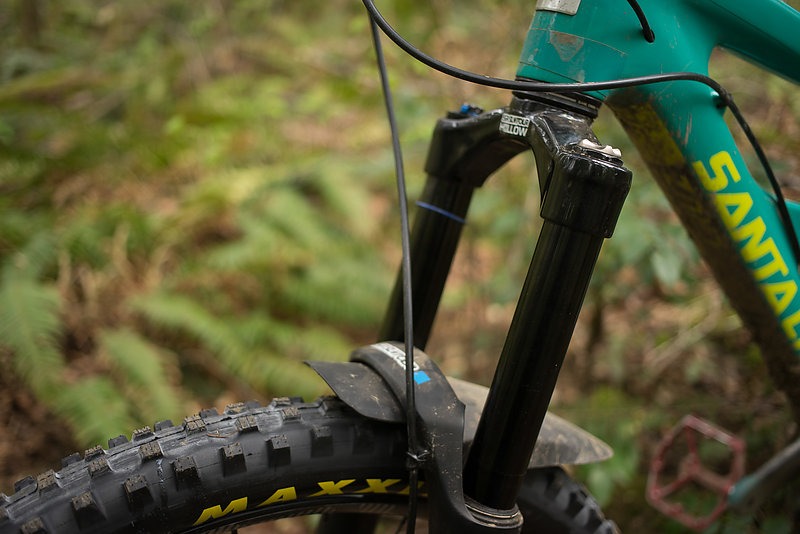

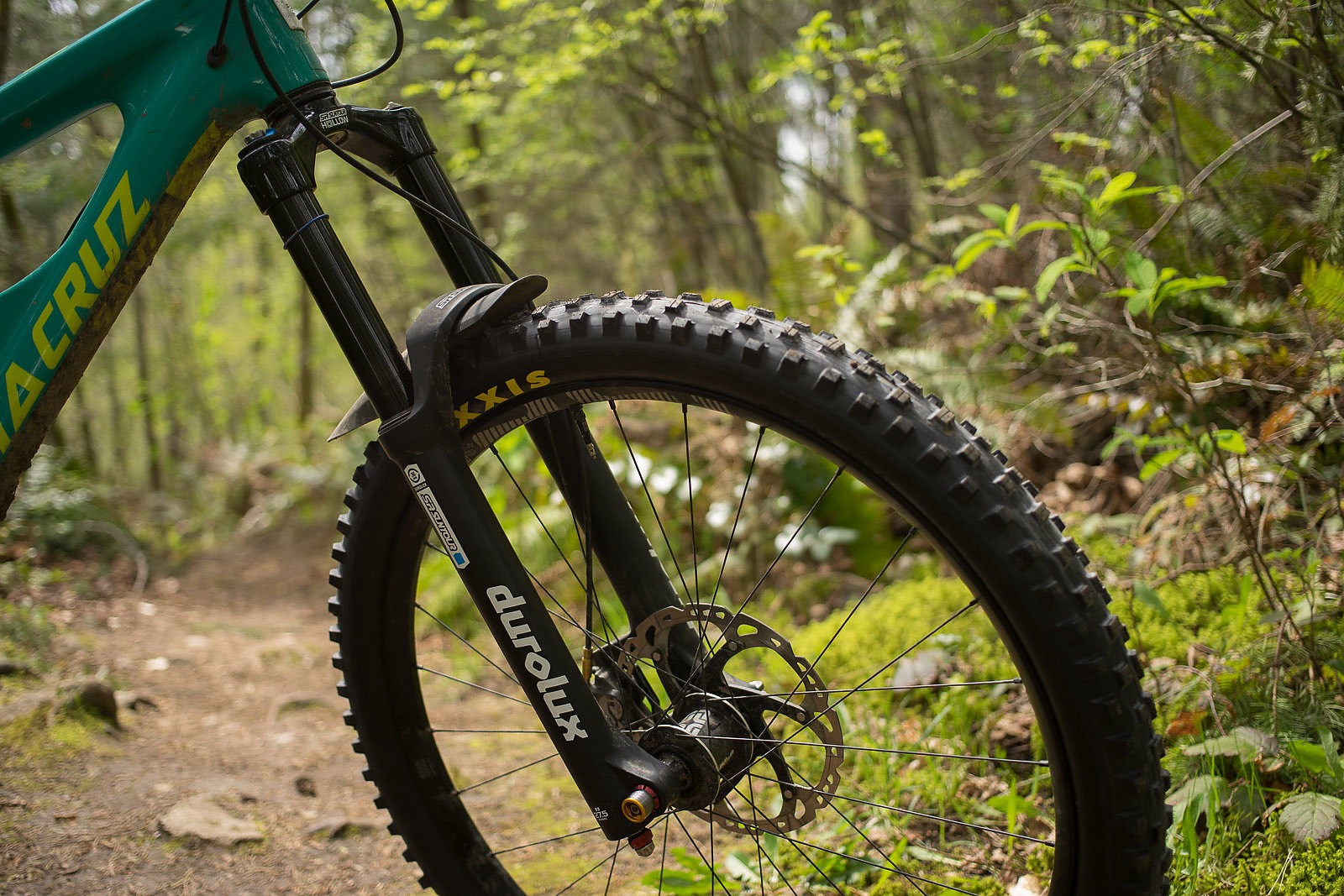
The Durolux damper is what SR Suntour calls a Quick Change Product, meaning the whole thing is easily removable for service or replacement when you need it. Additionally, the completely sealed damper doesn’t appear very difficult to wrench on, and even after a considerable test period, it never felt in need of a bleed. Both the air and the damper side sliders and spring are generously coated with Slickoleum grease to keep things buttery, but are otherwise devoid of lube. After talking with the folks at SR Suntour I decided to put ~10cc of light suspension oil into each leg to assist a bit further in keeping things sliding smoothly.
The full compliment of adjustments include high- and low-speed compression as well as rebound, but need to be set up well in order to keep a smile on your face. As is true with all suspension, proper set up is vital, and this is particularly so with the Durolux. Honing the fork with the symphony of air pressure, volume reducers, compression circuits and rebound circuits is even more challenging as it seemed a single “click” could take the system out of whack. It’s a finely tuned balance.
Setting up the Durolux caught me off in one key way. The fork is designed around a 100x 20mm through axel, which is going the way of the buffalo outside of downhill bikes. You can get different end caps for the plethora of compatible hubs, but it is definitely a factor that needs to be considered.
A shuttle day provided a perfect stage to begin testing the Durolux in the real world, and I rode like a damned idiot to make this thing resented being under my command. I tried everything to make it creak groan or straight up break, yet it did not. The stiffness is immediately noticeable and overall the fork moves through its travel similar to a Pike. After a couple of laps, I noticed the o-ring on the stanchion was suggesting that I still hadn’t bottomed the fork out, so I dumped a little air to run more sag. Even at just over 30% sag I had the same result. The fork felt great, smooth off the top and well supported, but just not using the last inch or so of its travel. It seemed the lone volume token absolutely needed to be removed, so after I got home I marked my pressure where it had been at about 25%, pulled the token and reassembled. Simple stuff, really. While I was in there, I dropped the suspension to 170mm by adding a 1cm spacer to the robust negative spring.
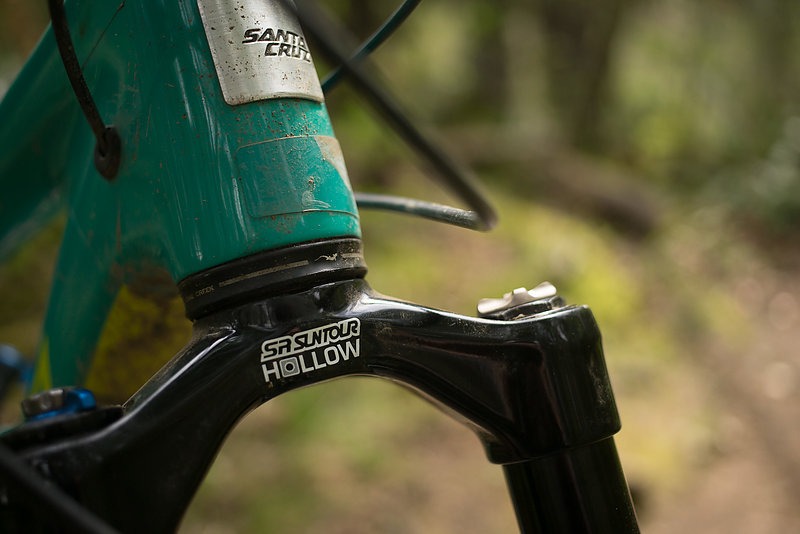
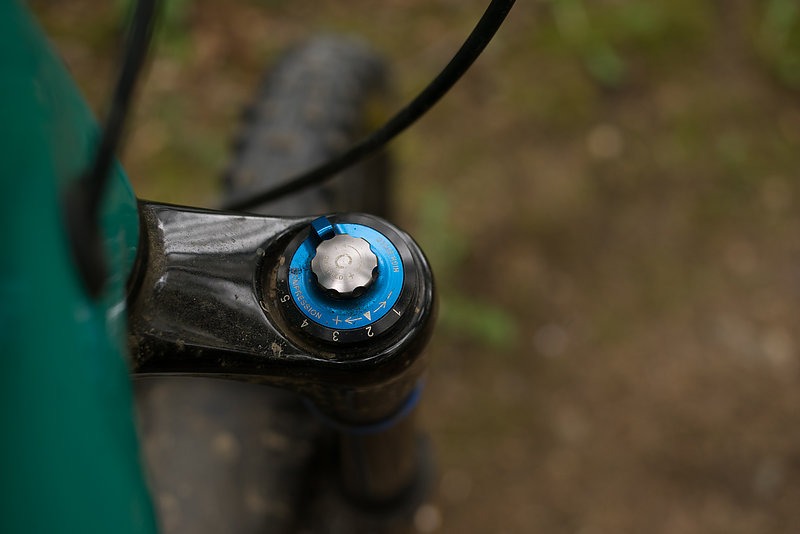


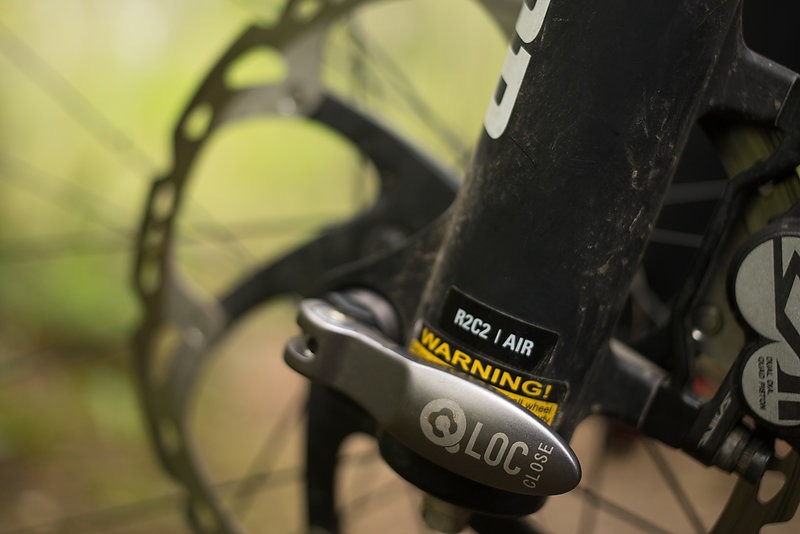

Back on the trail, the fork now slid easily toward the bottom of its travel; making it supple but relatively unsupported toward the end of its travel again at 25% sag. I was convinced that some combination of damper settings was the culprit. Although it was enjoyable all the while, it was tough to get it exactly where I wanted it. Reading up on the matter, I discovered some folks had success cutting a token in half to achieve the Goldilocks zone between bottom-out protection and utilizing full travel, but never had a chance to implement this hack.
The question you are likely asking yourself right now is, “If I bought this thing, would I be pissed that I didn’t spend the extra coin for something else?” And simply, I think the answer is no—with a caveat. You should absolutely buy this thing if you’re willing to put a little time into adjusting your suspension. With this fork, there is a narrow—yet achievable—window of perfection. The Durolux proves that Suntour isn’t out to simply play in the fringes of the suspension world, but to make an indelible mark upon it.
SR Suntour Durolux R2C2
MSRP: $799
See more are http://www.srsuntour-cycling.com/
